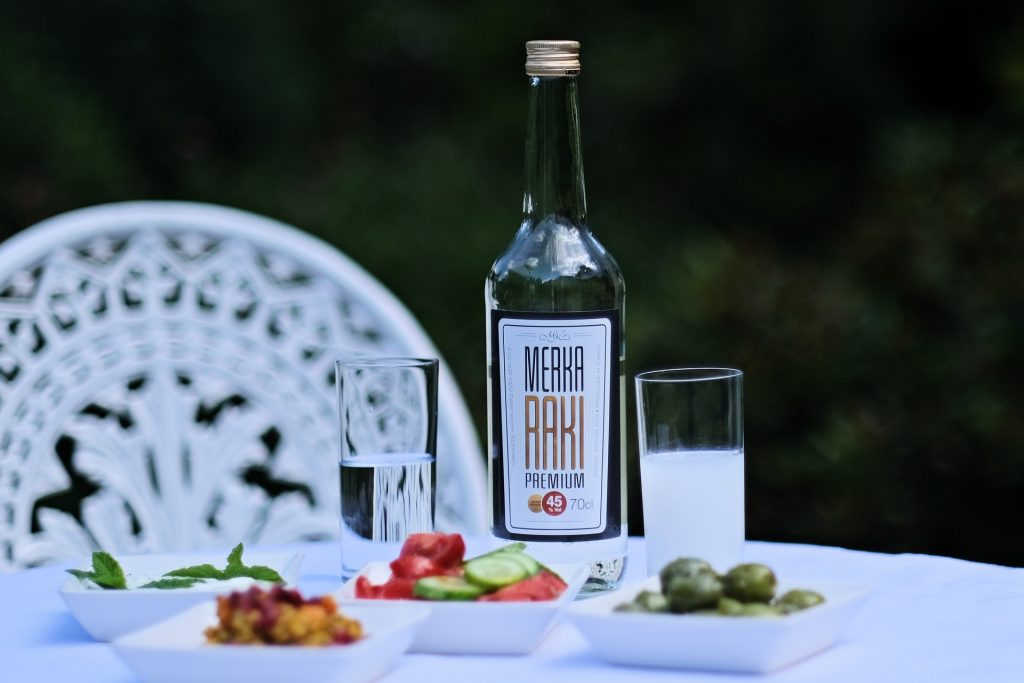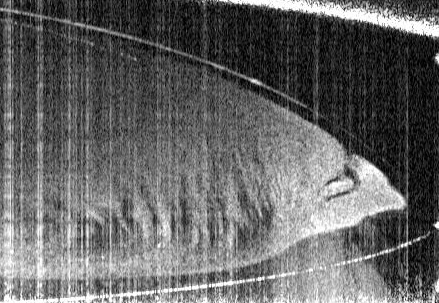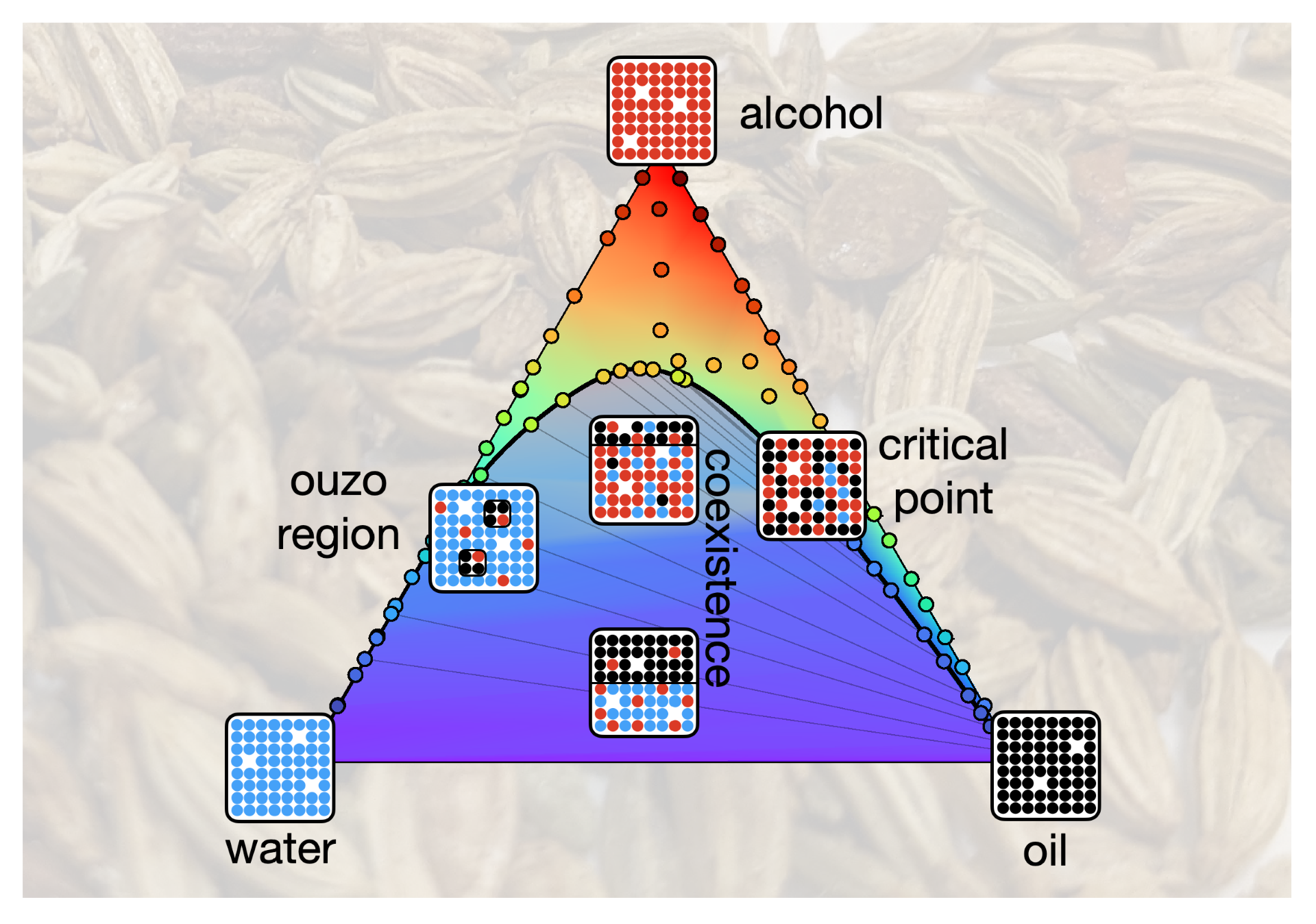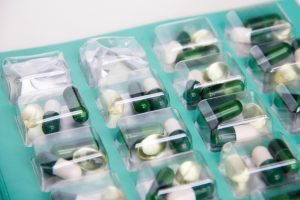
Thinning, not thickening, fluids optimise protection of glass screens
A collaboration between ECFP and Corning Inc. investigating the link between fluid flow and glass bending in layered systems has uncovered that shear-thinning fluids provide better protection against impact. Such insight could be used to create more durable foldable smartphones.




